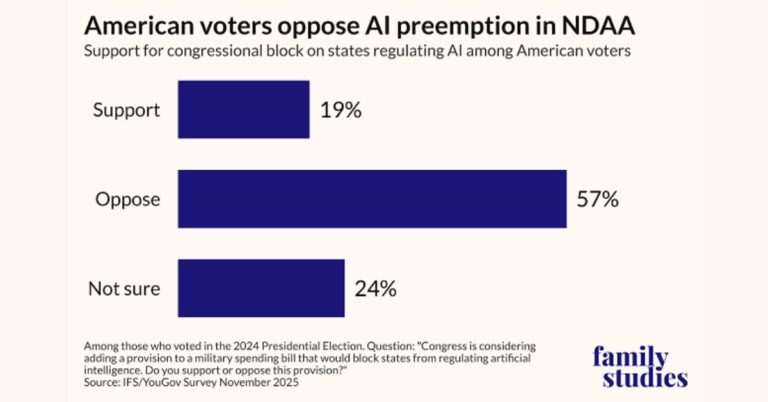As the telecom industry evolves, high-performing companies stand out by adopting artificial intelligence (AI) and creating a culture of continuous innovation. A recent Upwork Research Institute study surveying over 1,500 global business leaders highlights that successful organizations focus on transforming their internal culture to stay competitive. For telecom operators, balancing technologies like 5G and AI with human-centered strategies is key to thriving in today’s market.
How a Culture of Innovation is Transforming Telecom Success
Renowned management thinker Peter Drucker’s saying, “Culture eats strategy for breakfast,” has taken on a modern twist: “Culture eats technology for lunch.” High-performing telecom companies understand that while AI and automation are critical, fostering a culture of adaptability is equally essential.
Telecom companies must navigate rapid shifts driven by 5G, edge computing, and the increasing demand for private networks. Successful operators leverage these disruptions to reinvent their operations, staying agile and forward-thinking.
The Upwork study reveals that 27% of companies outperform their peers, and AI adoption plays a significant role. These leaders don’t just implement AI solutions but also ensure their workforce is ready to work alongside new technologies. However, many telecom companies are struggling—46% of survey respondents noted that only a small portion of their workforce is prepared to work with AI, highlighting a critical gap in skills development as 5G and network automation accelerate.
Workforce Upskilling: A Telecom Priority
In the highly competitive telecom industry, staying ahead requires more than just adopting advanced technologies like AI and 5G—it demands a continuous focus on workforce development. According to the Upwork report, 63% of high-performing companies make workforce upskilling central to their AI strategies, compared to just 37% of underperformers.
For leading telecom giants such as Verizon, AT&T, Vodafone, and Deutsche Telekom, upskilling the workforce is crucial as they transition to technologies like 5G private networks, network slicing, and cloud computing. These technologies are reshaping operations, requiring employees to develop new skills in AI and automation. As 5G networks rapidly roll out, AI-driven automation allows for more dynamic management of resources. For example, network slicing—a key feature of 5G—enables operators to partition resources based on demand. Preparing the workforce to manage and adapt to these technologies is critical to success.
Reducing Telecom Costs with AI and Network Automation
High-performing telecom operators are also realizing financial benefits from their investments in AI and automation. The Upwork study notes that organizations report 30% lower operating expenses than their competitors. By leveraging AI to optimize processes and reduce manual labor, telecom operators can scale resources more effectively. One impactful application is AI-driven network automation, which streamlines operations, improves resource allocation, and reduces operational costs. As AI continues to advance, telecom companies can better manage infrastructure, reduce waste, and optimize performance.
Ensuring Telecom Technology Aligns with Business Objectives
Adopting the latest technologies like AI and 5G isn’t enough for telecom operators. They must ensure that new technologies align with their broader business goals. High-performing companies regularly audit their technology stacks to identify gaps and redundancies, ensuring new solutions integrate smoothly with existing systems.
Without a cohesive approach, telecom companies may face inefficiencies and confusion among employees. Regular technology audits allow operators to address these challenges, ensuring their systems are aligned with long-term business objectives and optimized for performance.
Emerging Technologies Driving the Future of Telecom
Staying ahead of emerging technologies is essential in the rapidly changing telecom industry. While AI and generative AI receive much attention, high-performing telecom companies are also exploring innovations like robotics and satellite connectivity. With the rise of non-terrestrial networks (NTN), companies like Eutelsat are exploring how satellite and terrestrial networks can work together to expand connectivity.
Exploring and investing in emerging technologies, even if the process takes time, distinguishes industry leaders from the rest. For instance, telecom innovators are more likely to experiment with technologies that enhance network reliability and expand coverage to underserved areas.
Why a Human-Centric Approach to AI Adoption Drives Telecom Success
One defining trait of high-performing telecom companies is their human-centric approach to technology adoption. The Upwork survey shows that 89% of high performers ensure employees are well-informed about the benefits of new technologies, compared to just 76% of underperformers. Furthermore, 92% solicit employee feedback during the technology adoption process, fostering a more collaborative environment. Successful companies also emphasize training and support of high performers, build robust training programs, and celebrate technology adoption milestones. This focus on employee empowerment creates a culture of innovation where workers are encouraged to embrace new tools and processes.
The Future of Telecom: AI, Next-Gen Connectivity, and Emerging Technologies
AI, Next-Gen Connectivity, and the convergence of emerging technologies like IoT and cloud computing will shape the future of the telecom industry. However, technology alone isn’t enough. High-performing telecom companies understand the importance of a human-centered approach that focuses on workforce development and cultural transformation.
As the industry continues to evolve, telecom operators must prioritize integrating new technologies with their existing infrastructure, invest in upskilling their workforce, and maintain a forward-looking mindset. By doing so, they will not only improve efficiency and reduce costs but also position themselves as leaders in the rapidly changing telecom landscape.







































